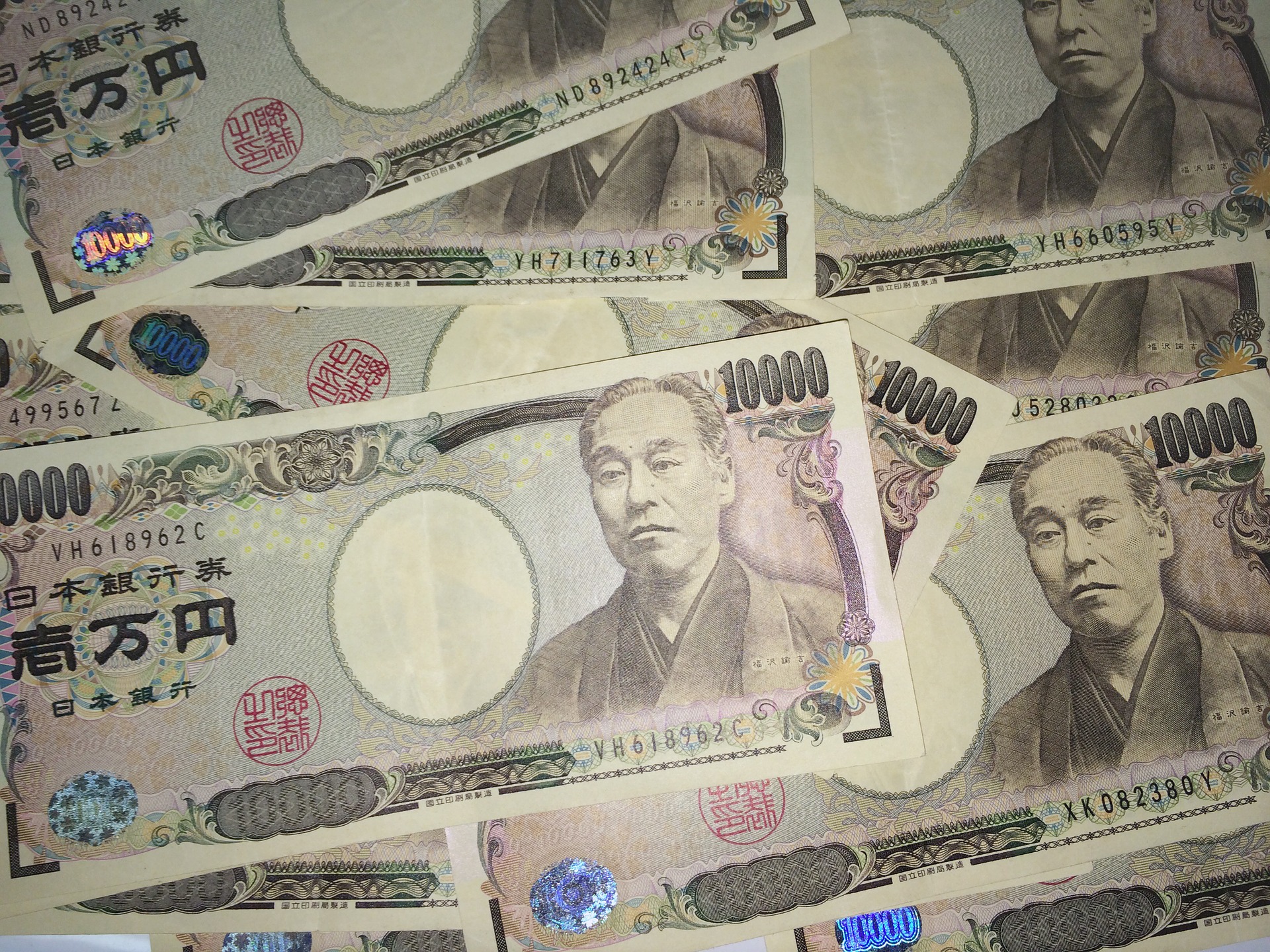The USD/JPY closed at fresh 2021 highs at 112.22 on Friday, October 8, 2021. The US Dollar to Japanese Yen surges to levels last seen in February 2020.

USD/JPY Surges towards Pre-Pandemic Levels at 112.22
The USD/JPY closed at levels last seen in February 2020, just before the breakout of the Covid pandemic. It may surge higher, predict analysts. The USD/JPY currency pair was trading at 112.20 levels in the last week of September but failed to pierce through these levels. In October, it is back at the 112.22 resistance levels.
After moving higher from the 109.20 levels to 111.99 levels in six consecutive sessions, the USD/JPU is surging upwards. The US Dollar to the Japanese Yen is trading at the pre-pandemic levels at 112.22, the levels last seen in February 2020.
Manufacturing Sector Outperforms
The manufacturing sector shows improvement from increasing domestic and foreign demand. But there is an acute shortage of raw materials and transport delays that are restricting production.
Consumer Confidence in Japan has gone up from 36.7 in August to 37.8 in September. It shows the financial confidence of the Japanese and is a leading indicator of the overall economic activity.
The RCEP Agreement (Regional Comprehensive Economic Partnership) is a trade agreement between China, Thailand, Singapore, and Japan. The trade agreement will lower tariffs for exports from Japan to its neighboring countries. It will improve Japanese exports, with more demand coming in from countries under the trade agreement.
Economy watchers sentiment has been good, improving from 34.7 to 42.1 in September. The job-sensitive sector includes barbers, taxi drivers, and waiters. With lockdown restriction easing, this sector shows improvement after the vaccination rollout brought a decline in the coronavirus infection numbers. The lockdown has weakened demand in areas like restaurants and bars.
The pandemic challenges economic growth in the country. Higher vaccination is the solution to bring an end to the state of emergency, say medical authorities.
Current account data is lower than expected, which reflects negatively for the Japanese Yen. It is the difference between imports and exports, income flows and services. The current account deficit shows that the Japanese trade and investment activities with other countries have come down.
Retail sales year-on-year have come down from 2.4% to -3.2%. Though the pandemic is slowing down, retail stores have to pick up business. Businesses will rebound again now that consumers are moving out of their houses after the vaccination. With business re-opening, job opportunities may improve, expect analysts.
Japan struggled with the Covid-19 pandemic during the Olympics. Consumer spending for the third quarter of 2021 may remain weak expect, analysts. It will regain again, as infection rates are coming down and the last quarter will get better.
A major quake occurred in Tokyo on October 7, with a 9.0 magnitude across North-eastern Japan. It is the strongest quake to hit the city in ten years.
Covid Vaccination Brings Recovery to Japanese Economy
Japan was under a state of emergency until September. Though lockdown restrictions are mandatory, the government is not able to enforce strict adherence to rules. People flout the safety rules, making the infection rates surge higher. Hospital beds were filling rapidly with more people getting infected. Although 46% of the population received the vaccination, cases are increasing. The vaccination approval process remains slow, but vaccination given to people continues at a fast pace.
The GDP growth for the year has come down below expectations. Bank of Japan and the IMF have brought down forecasts for the second quarter of 2021.
With inflation below 2%, the country is easing its monetary policy.
Japan may regain growth by the end of the year. As it steps into 2022, Japan may see an economic rebound with the state of emergency coming to an end and business activities returning.
Japan has a New Prime Minister
Japan has a new Prime Minister, Fumio Kishida. However, polls reveal that the new government under Kishida has lower support than the Suga administration. The general election will take place on October 31.
On the political front, Prime Minister Saga stepped down unexpectedly from his post. It will bring changes in fiscal plans and principles, especially as the Japanese economy is weak.
The Olympics made the popularity of Yoshihide Suga come down. It led to higher Covid infection rates and lockdown extensions which has hurt the economic growth in Japan. Foreseeing his drop in popularity, Suga announced that he would not run for the next elections.
US Dollar and Yen
Once the US central bank brings in tapering in bond purchases, it may depreciate the value of the Japanese Yen. It will increase import costs, especially in oil as it is in US Dollars.
The US voted to extend the debt ceiling crisis. It has brought relief to the forex markets and the equity markets, driving them higher. Brent crude oil is trading at $80 per barrel.
EUR/JPY is trading at October highs, regaining the 129.00 levels. The 200-SMA at 129.75 is a critical resistance level to watch out for.
GBP/JPY has surged to reach 2-months highs, moving above the resistance at 152.00 levels. It has another resistance at 152.90.
AUD/JPY is at 81.92 levels, at 3-months highs.